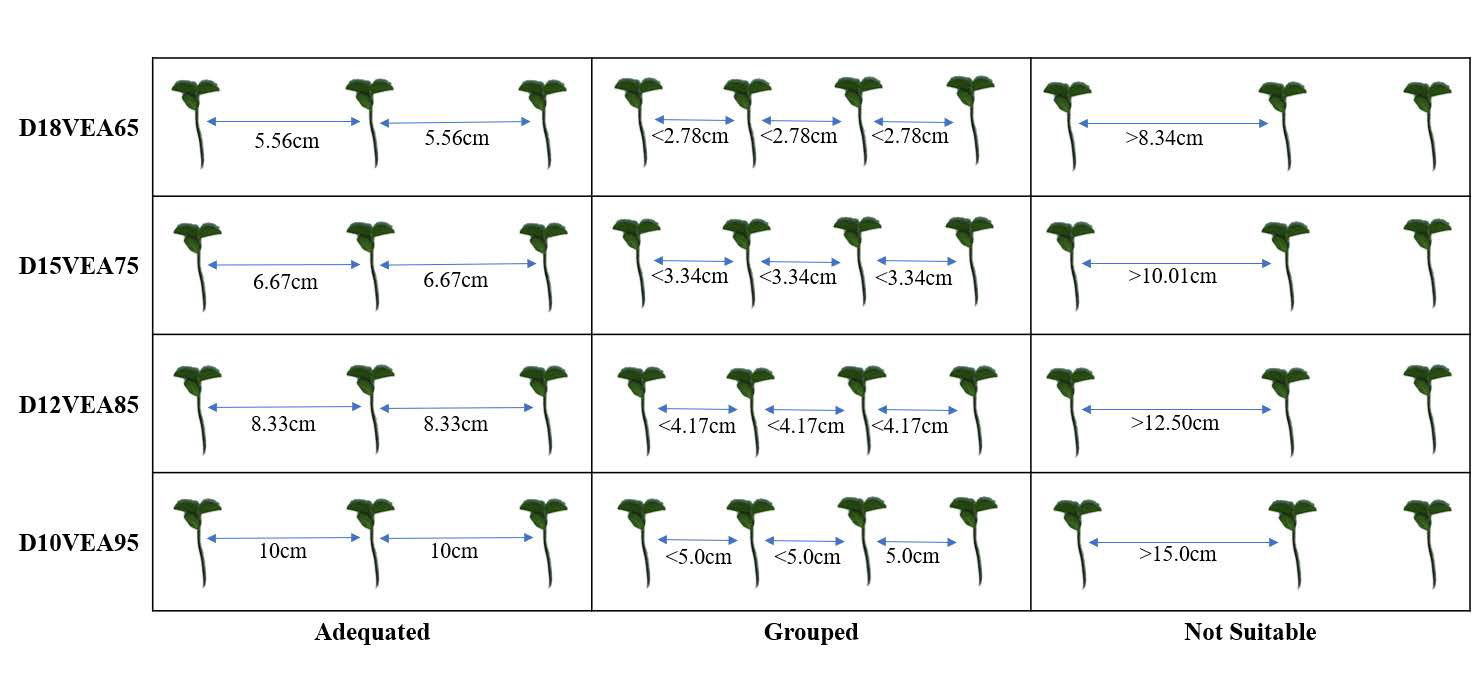Seed vigor and adjustment in sowing density: reflections on soybean planting and yield
DOI:
https://doi.org/10.4238/gmr2315Keywords:
Glycine max, Physiological quality, Productive performance, Plant arrangementAbstract
The objective of the study was to evaluate different strategies for managing sowing density using batches of seeds with different levels of physiological quality, their impact on the population and spatial arrangement of plants (plantability); and in soybean grain yield potential. Two experiments were conducted corresponding to the 2018/19 and 2019/20 harvests, sown in the first fortnight of September of each agricultural year. The experimental design used was complete randomized blocks arranged in a 2×4 factorial scheme, with two genotypes and four sowing densities, with five replications. Greater productivity and better spatial arrangement of the plant are closely associated and can be attributed to the use of higher vigor seeds at lower densities. Increasing sowing density to compensate for low levels of physiological quality causes a reduction in productivity, in addition to an increase in operational costs with unnecessary expenses with seeds.




